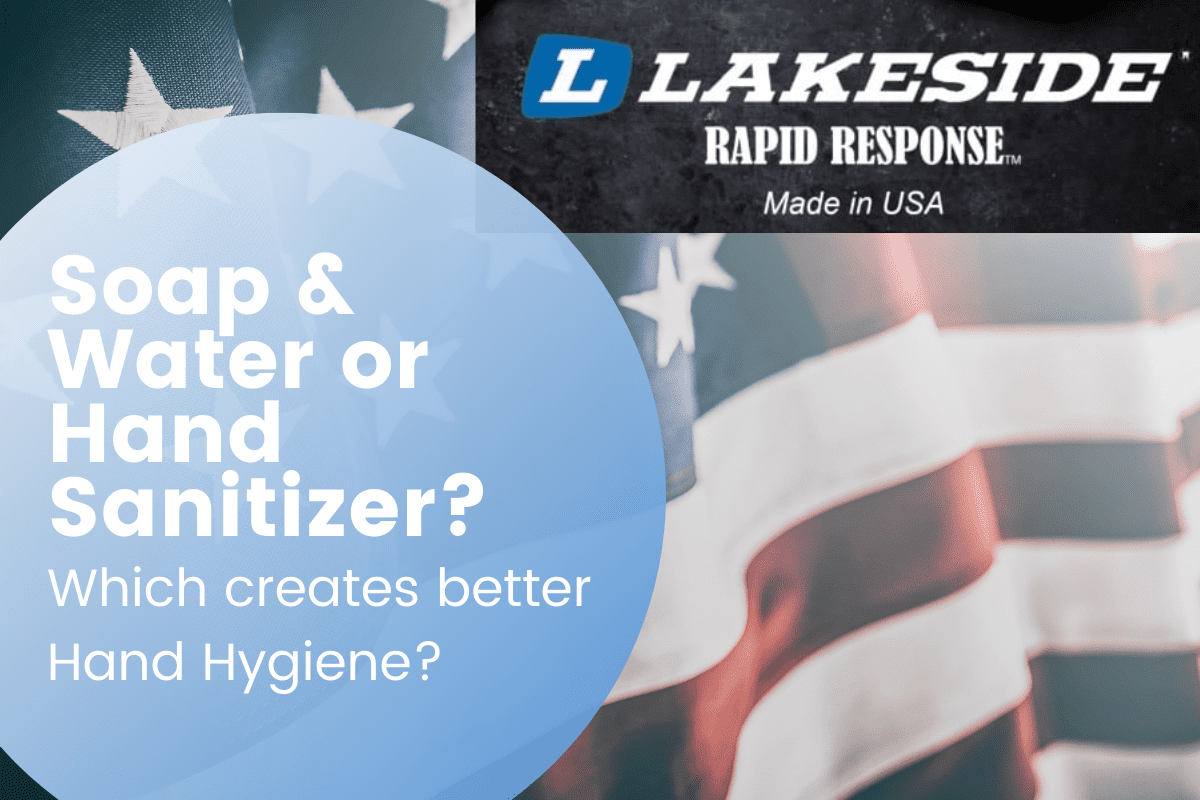
In March, the world was in the beginning phases of facing a pandemic of unknown proportions and here in the U.S., preparations were underway. Fears of shortages in the healthcare supply chain drove companies to evaluate their manufacturing capacities to identify ways in which they could leverage their facilities to prepare our nation for the first wave of the virus. Some companies started using 3D printers to print face shields, some used their resources to manufacture high-demand ventilators and companies in the healthcare business increased their operating hours to maximum capacity.
As a company already in the healthcare industry, Lakeside responded immediately to COVID-19 by increasing production on high demand items such as utility carts, handwashing stations and shelving units. Additionally, engineers at Lakeside came together to brainstorm new ways to service the healthcare industry by leveraging manufacturing facilities and raw materials on site. After hours of bouncing ideas back and forth, Lakeside engineers created a blueprint to begin the production of IV poles.
Just days later, Lakeside’s Milwaukee manufacturing facility produced and delivered its first IV stand, followed by many variations of IV poles and IV bag stands. As of the date of this publication, Lakeside proudly manufactures 15 variations of IV poles and 6 IV pole accessories, all built right here in the USA.
Lakeside IV poles were designed specifically to be easy to use and easy to sanitize. Chrome plated or stainless steel tubing provides cleaning staff a round surface to disinfect, and no corners for dirt and grime to collect in. Further, Lakeside applied their easy-rolling casters to the IV stands to allow hospitals to effortlessly maneuver the stands throughout their facility, wherever needed. Some highlights for specific IV pole models include:
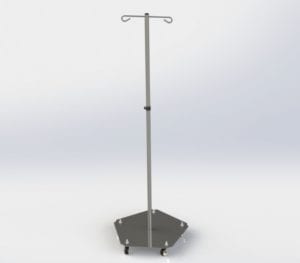 Rapid Response IV Stands (SKUs 158331, 158371, 158495, 158496). They are all-stainless steel IV poles with a sturdy 20” diameter solid base that provides upright stability. The stainless steel medical pole has a 1 ¾” diameter that adjusts effortlessly to accommodate heights from 50” up to 90”. The product rolls easily on 5 swivel casters making it reliable for fast-paced hospital environments.
Rapid Response IV Stands (SKUs 158331, 158371, 158495, 158496). They are all-stainless steel IV poles with a sturdy 20” diameter solid base that provides upright stability. The stainless steel medical pole has a 1 ¾” diameter that adjusts effortlessly to accommodate heights from 50” up to 90”. The product rolls easily on 5 swivel casters making it reliable for fast-paced hospital environments.- Heavy Duty IV Stands (SKUs 4850, 4855). They are all-stainless steel IV poles with an easy twist knob that adjusts the pole height from 51 ¾” to 93 ½”. The heavy duty IV stands feature 4 easy-roll casters on an epoxy coated steel base, with rubber bumpers to protect walls and furnishings.
- The Space Saving IV Stands (SKUs 4865, 4866). They are all-stainless steel IV stands with an easy twist know that adjusts the pole to cover a height range from 54” to 90 ½”. The space saving IV pole is built with a 16” base made from epoxy coated steel. This allows this medical pole to maneuver through tight spaces and fit into tight nooks for more compact hospital environments.
With many uncertainties still remaining regarding COVID-19, Lakeside continues its commitment to the healthcare industry by maintaining its promises to produce invaluable carts and now, IV stands to hospitals and healthcare organizations. Our Milwaukee manufacturing plant continues to operate, just as our engineers continue to brainstorm to do our part to combat COVID-19, together.
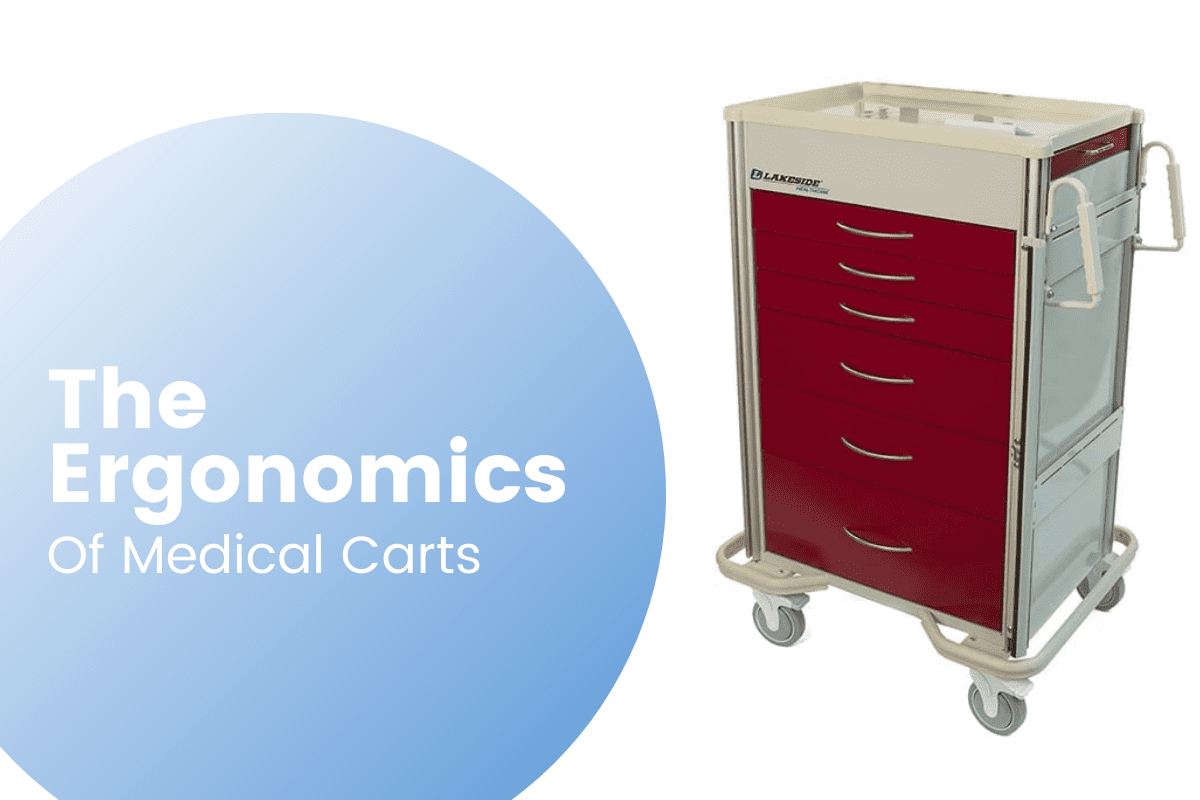

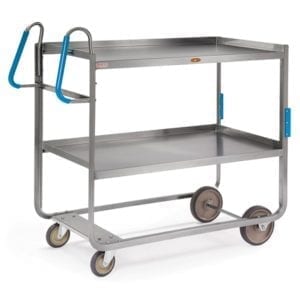
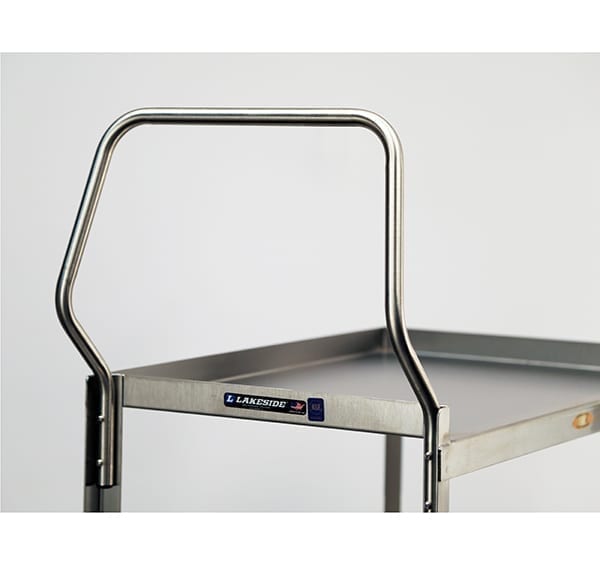
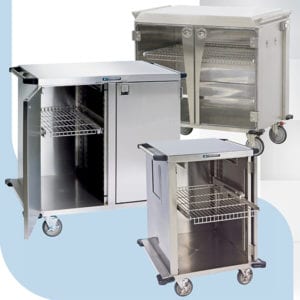
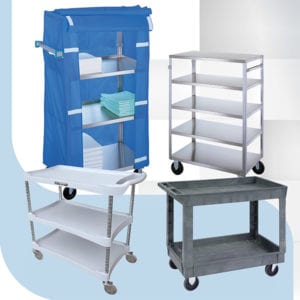
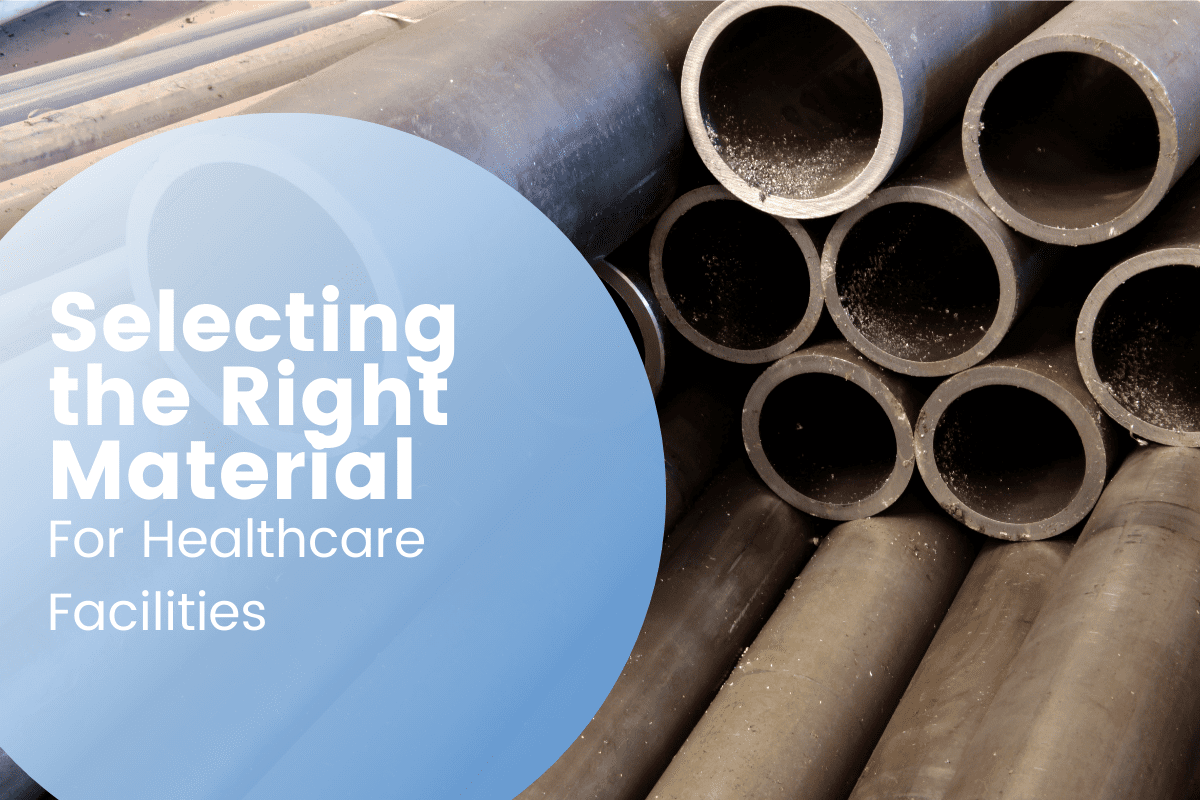
 Some common applications of stainless steel in healthcare facilities include:
Some common applications of stainless steel in healthcare facilities include: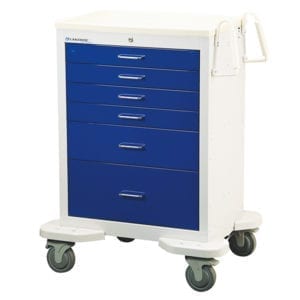 Some common applications of aluminum in healthcare facilities include:
Some common applications of aluminum in healthcare facilities include: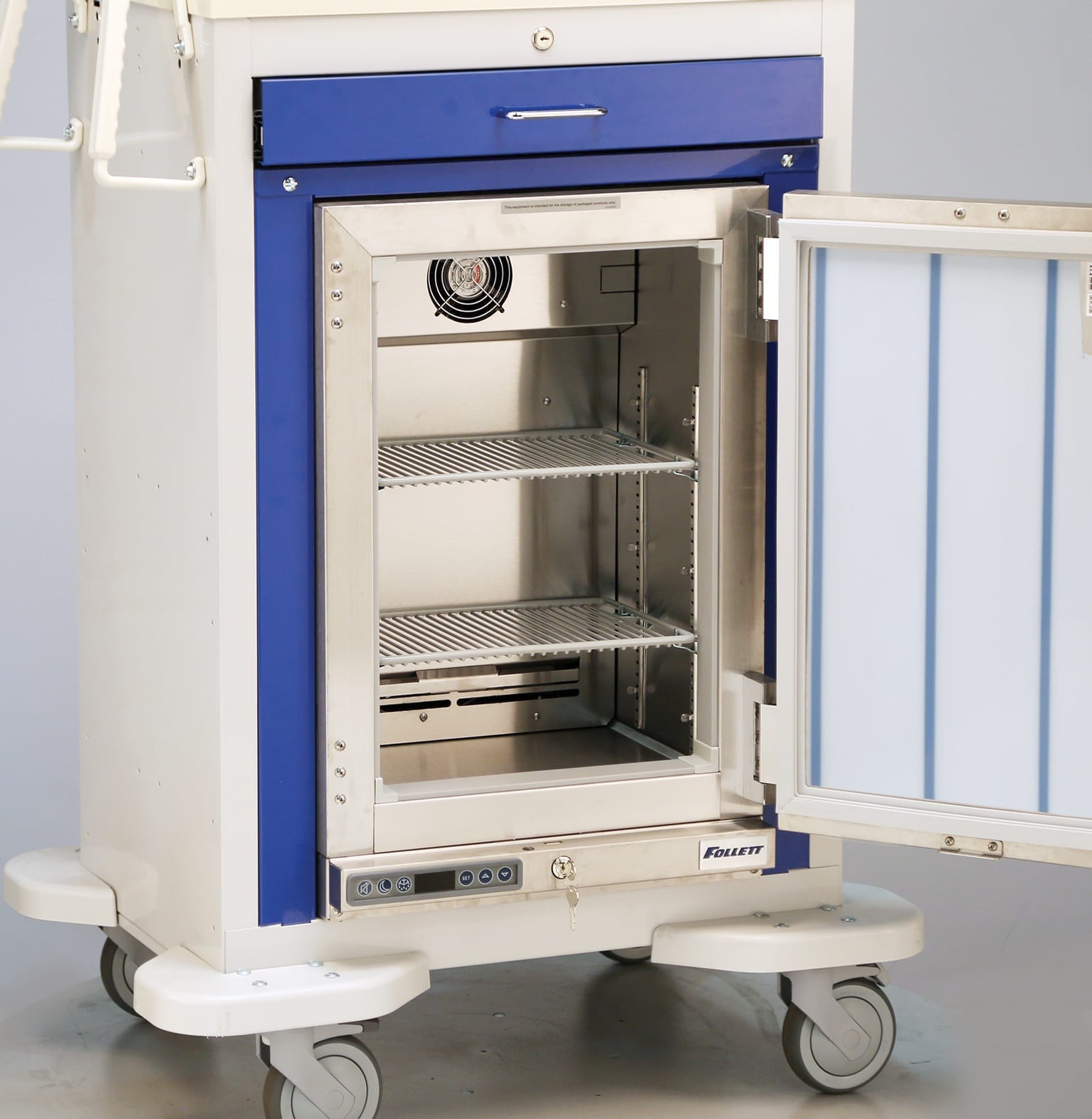 Some common applications of plastics in healthcare facilities include:
Some common applications of plastics in healthcare facilities include: Although copper is not widely used in medical equipment today, it has been getting some buzz in the media lately due to its antimicrobial properties. A
Although copper is not widely used in medical equipment today, it has been getting some buzz in the media lately due to its antimicrobial properties. A 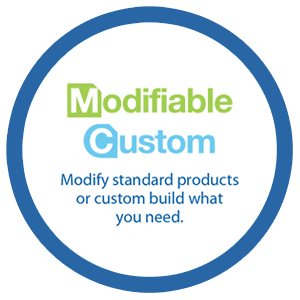 At Lakeside Manufacturing, we works with steel, plastic, aluminum and pretty much anything our customers require. We offer custom solutions to meet your needs, no matter the challenge. Our engineering team has the capabilities to modify existing products or completely custom build medical carts, offering an endless variety of options! With years of design and customer service experience, we thrive on innovation and finding practical solutions to meet your needs. If you’re not seeing the right solution in our standard
At Lakeside Manufacturing, we works with steel, plastic, aluminum and pretty much anything our customers require. We offer custom solutions to meet your needs, no matter the challenge. Our engineering team has the capabilities to modify existing products or completely custom build medical carts, offering an endless variety of options! With years of design and customer service experience, we thrive on innovation and finding practical solutions to meet your needs. If you’re not seeing the right solution in our standard 

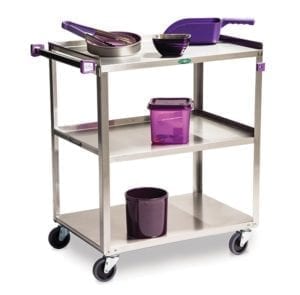 Utility cart models
Utility cart models 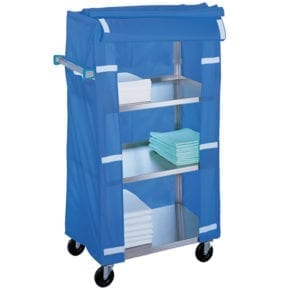 The
The  Lakeside continues to monitor the global environment related to COVID-19 and is taking proactive measures to ensure operations continue to the satisfaction of customers. Visit our
Lakeside continues to monitor the global environment related to COVID-19 and is taking proactive measures to ensure operations continue to the satisfaction of customers. Visit our 
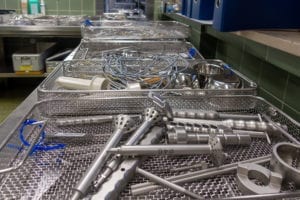
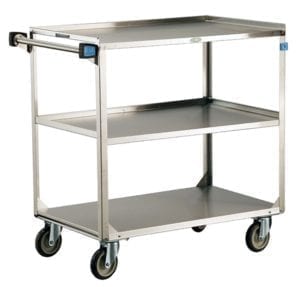 Stainless steel is used for a variety of different medical applications including:
Stainless steel is used for a variety of different medical applications including:
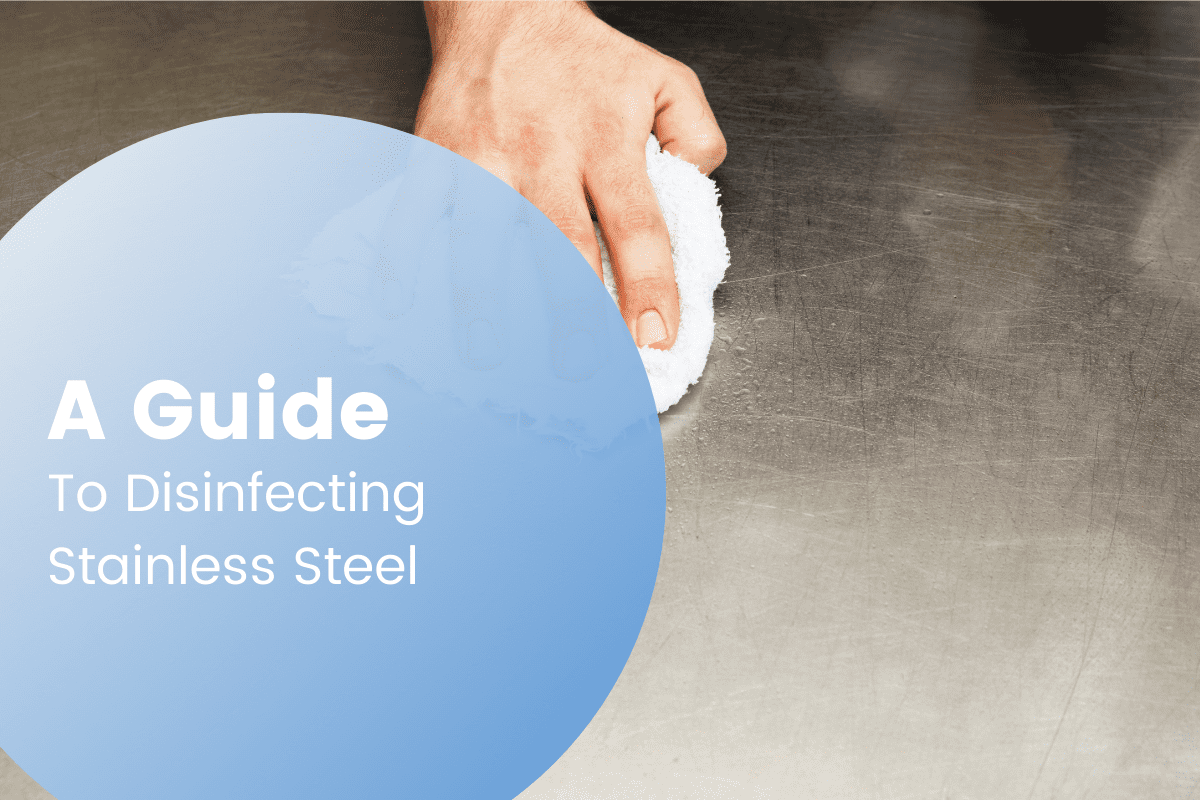

 Prior to cleaning and disinfecting any surface, it is imperative to use Personal Protective Equipment (PPE). There are four major types of PPE including face shields, gloves, goggles, and gowns. At minimum gloves and eye protection should be used before cleaning any potentially contaminated surface.
Prior to cleaning and disinfecting any surface, it is imperative to use Personal Protective Equipment (PPE). There are four major types of PPE including face shields, gloves, goggles, and gowns. At minimum gloves and eye protection should be used before cleaning any potentially contaminated surface. Certain cleaning utensils like steel wool or other steel brushes are too abrasive for stainless steel. These types of tools can contain iron particles. When used to clean stainless steel, they can leave metal particles on the surface and lead to rust formation. A soft cloth, gentle brushes, or sponges are much better alternatives.
Certain cleaning utensils like steel wool or other steel brushes are too abrasive for stainless steel. These types of tools can contain iron particles. When used to clean stainless steel, they can leave metal particles on the surface and lead to rust formation. A soft cloth, gentle brushes, or sponges are much better alternatives. To effectively sanitize a stainless steel surface, it is recommended to begin by using hot soap and water. Using your towel, you can then begin to use any additional cleaning solutions. Always rub in the direction of the steel grain for maximum effectiveness and to avoid scratching the surface.
To effectively sanitize a stainless steel surface, it is recommended to begin by using hot soap and water. Using your towel, you can then begin to use any additional cleaning solutions. Always rub in the direction of the steel grain for maximum effectiveness and to avoid scratching the surface.